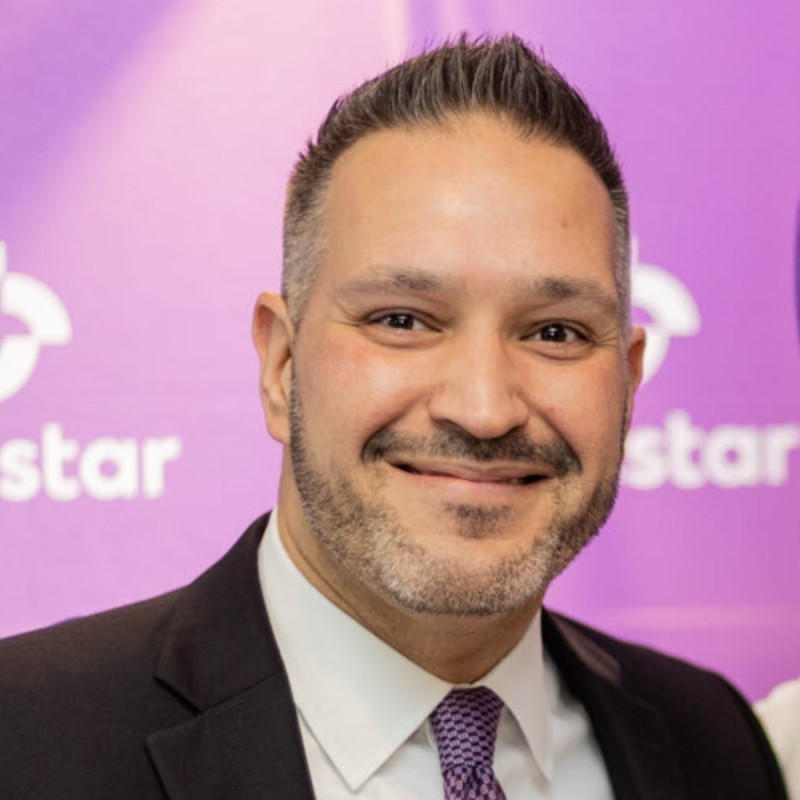May is Mental Health Awareness Month, and based on recent research, HR leaders must pay closer attention to the mental health needs of their workforce, particularly as post-pandemic transformations continue to play out.
A recent survey from Korn Ferry, for example, found that 58% of professionals polled say that their employer mandating a return to the office will have a negative impact on their mental health.
And there may be a disconnect between employees and leaders on mental health: TELUS Health’s Paula Allen, senior vice president, research and total wellbeing, says the firm’s recent research found that business leaders think just 5%-10% of their employees have experienced trauma with a lasting impact on mental health. Yet, according to the company’s latest Mental Health Index, that number actually stands at 33%.
Employers need to recognize that immediate trauma, such as that caused by the start of the COVID-19 pandemic, isn’t the only trigger of poor mental health; rather, some people “languish because they get used to undue emotional strain,” says Allen. That’s where employers can come in; they should be offering individualized solutions tailored to the needs of employees, she says, singling out coaching and counseling as two potentially effective tools in stopping this cycle.
“When employers educate employees about the internal health resources available to them, like an Employee Assistance Program, workers learn that they can count on their workplace for the support they need,” she says. “The result is a productive and healthy workforce, where employees thrive in their responsibilities while staying mentally fit.”
See also: How did PwC record big wins with its $2.4 billion people program?
Holistic and personalized
According to DeAnne Aussem, wellbeing leader, strategy director at PwC, leadership at the professional services firm heard directly from their people what they needed in the way of mental health support—and responded accordingly.

Acting on employee feedback, PwC expanded mental health benefits, doubling the number of free visits with a mental health professional from six to 12 annually and increasing the reimbursement amount for out-of-network mental health support from 70% to 90%. It launched the “Taking Time Off Together” program, which includes two week-long firmwide shutdowns (in July and December) each year in the U.S. in addition to employees’ allotted PTO. Following the July 2022 closure, 19,600 PwCers completed a survey, with 92% sharing that their time off gave them uninterrupted time away from work.
PwC continues to prioritize flexibility through an inclusive, hybrid work culture. The firm offers a variety of flexible arrangements, including reduced schedules, 20% pay leaves of absence and options to work internationally for those who meet certain immigration and tax restrictions.
“It’s important for organizations to continue taking a holistic approach to wellbeing and providing options to personalize care according to need, especially when it comes to mental health,” Aussem says. ”There are more demands on our time and attention than ever before, and we’re listening to our people to understand what helps them be their best self at home, work and everywhere in between.”
Support for the front lines for mental health
Employee and executive leadership feedback were also integral in the transformation of the mental health resources at Wellstar Health System, one of the leading healthcare systems in Georgia.
Until 2021, the company had been working with a traditional Employee Assistance Program for 13 years—but utilization sat at just 2%. Even during the height of the pandemic, when most of its 24,000 employees were on the front lines, few were seeking services.
So, HR and benefits leaders started seeking a new EAP partner and found that in Spring Health, which they implemented in mid-2021. Within the last two years, engagement with the program has risen to 22%, with more than 12,000 therapy appointments scheduled through Spring Heath.

While Spring Health functions as an EAP, that acronym can have a negative connotation among employees—particularly those who had utilized the company’s previous program, which relied entirely on phone communications for initial contact, Michele Harris, Wellstar’s manager of work life services, said during last week’s Health & Benefits Leadership Conference in Las Vegas. Instead, the company rebranded it as a Mental and Emotional Wellness program.
While Spring Health focuses primarily on virtual mental healthcare, Wellstar executive leadership was committed to offering an element of in-person care, so the two organizations worked together to pioneer a new approach that the healthcare vendor has since used with other clients: on-site client navigators. At Wellstar, they provide the human experience leadership wanted—participating in executive huddles, rounding throughout hospitals to check in on employees and being available to offer on-site services and help employees get connected to care.
Increase in mental health appointments for flagged employees

In addition to the 10x increase in utilization, 81% of the 141 employees who were flagged as having a suicide risk or other significant mental health crisis have gone on to have multiple appointments and are now “on a journey to address the problem,” said Daniel Abad, vice president of total rewards and chief engagement officer at Wellstar. And with the average time to care in Georgia hovering at 4-6 weeks for adults and 6-8 weeks for minors, the 1.03 days and 1.2 days it takes Spring Health to connect Wellstar adult employees and their children, respectively, with care is making a significant difference for those who need support.
“Our team members have been through a lot, and they continue to go through a lot,” Abad says. “We have to be able to offer the best possible resources. When our employees are not well or cannot bring their whole selves to work, the outcomes for our patients are not going to be what we want them to be. We’ve got to take care of our own first.”
*
HRE managing editor Jen Colletta contributed to this story.
The post This Mental Health Awareness Month, how 2 employers transformed their strategies appeared first on HR Executive.